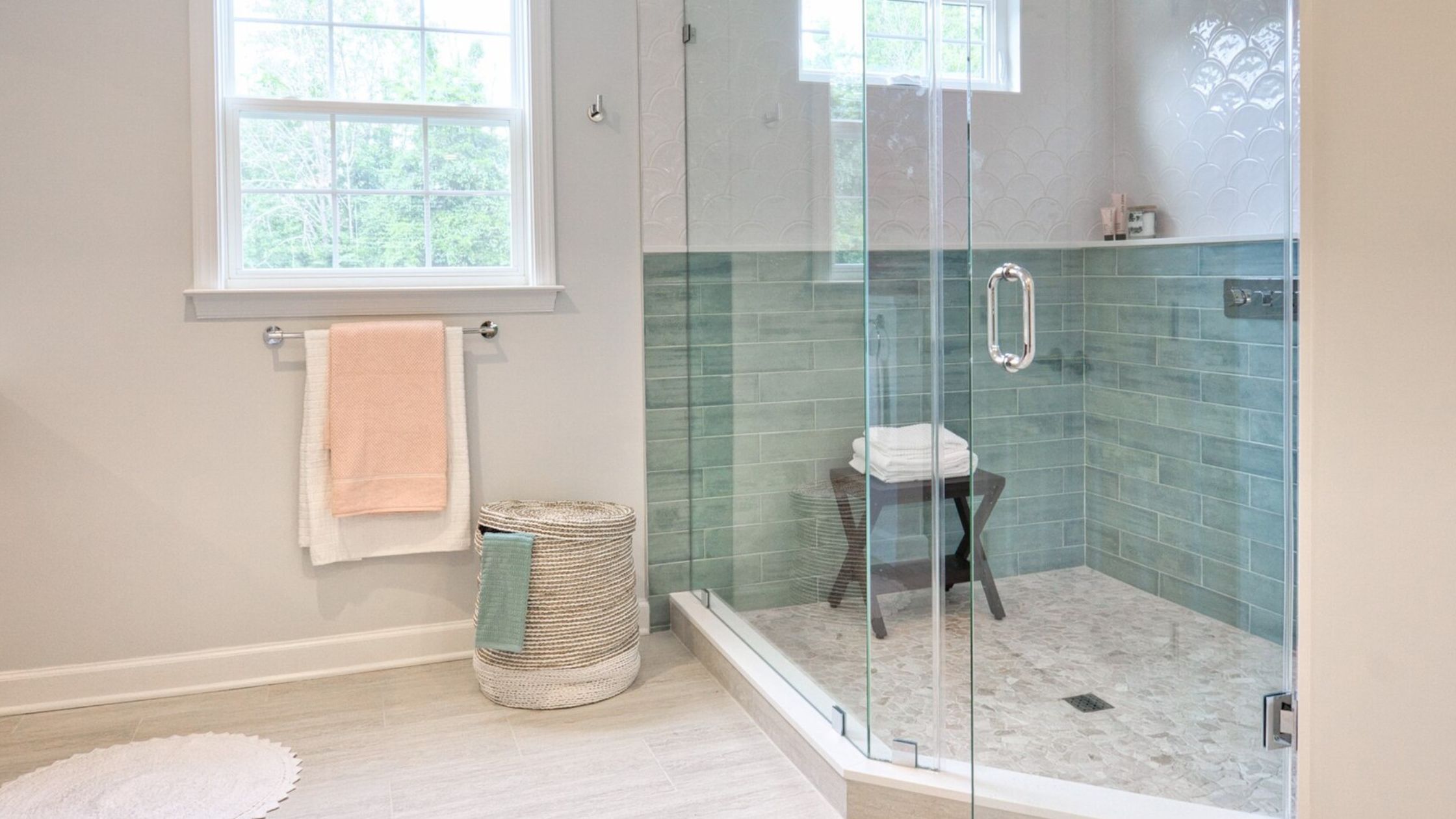Creating a Dementia-friendly Bathroom
The design of a care home bathroom is a crucial factor in providing a comfortable and safe environment for the elderly and disabled. In a care home, the bathroom should be a place of safety and comfort, and it should be designed with the specific needs of its residents in mind. This blog post will explore the key design considerations for care home bathrooms, and how to ensure that the space is both accessible and inviting.
Design for a care home can be a challenging but rewarding task. Care home bathrooms should be designed with safety and comfort in mind and should be easily accessible for those with limited mobility. This includes features such as grab bars and non-slip surfaces that can help prevent falls.
Colour and lighting are also important considerations, as those living with dementia can find certain colours or lighting too stimulating. Careful consideration should also be given to the selection of fixtures, such as taps and shower heads, to ensure they are easy to use and understand.
Providing a dementia-friendly care home bathroom design can help ensure that those living in care homes remain safe, comfortable, and independent.
Designing an Assisted Bathroom: What to Pay Attention to?
When it comes to designing a bathroom for a care home, safety and comfort must be the top priorities. The bathroom should be designed to make it is as easy and safe as possible for the elderly to make use of it. This means no sharp edges, plenty of grab bars, non-skid flooring, and a shower or tub with easy-to-use controls.
The layout should also be planned to ensure enough space for a wheelchair to manoeuvre, as well as a toilet and sink that are both low enough for those with mobility issues to access. Additionally, the bathroom should be designed to be easily accessible for nursing staff, who may need to help with bathing or other activities. Finally, the bathroom should be decorated in a way that is calming and inviting, with plenty of natural light, if possible.
Doorway Width
Care home bathroom designs should be aware of the need for adequate doorway widths to accommodate wheelchairs, walkers, and other mobility devices. The doorway should be at least 32 inches in width to provide enough space for a wheelchair to pass through.
Additionally, the door should also have a lever-style handle and be equipped with a secure locking mechanism to ensure privacy and safety. The flooring should also be slip-resistant to prevent falls and slips.
Toilet height should also be adjustable to accommodate different users and should be situated near the door to make it easier for individuals to access. Finally, the bathroom should include grab bars, a shower seat, and a non-slip bathmat to ensure a safe and secure experience.
Wheelchair Allowance
Care home bathrooms should be designed with wheelchair allowance in mind. This includes wide doorways and corridors, as well as adequate space to manoeuvre and turn comfortably. Additionally, the bathroom should feature grab bars, non-slip flooring, and slip-resistant surfaces in the shower and bath areas.
Toilet seats should be height adjustable, and the sink should be low enough for a person in a wheelchair to reach comfortably. Other features, such as a hand-held showerhead, a shower seat, and a shower chair, are also beneficial for wheelchair users.
All of these features will help to ensure that people with mobility impairments are able to use the bathroom with ease and safety.
The Importance of Accessible Bathroom Design for Care Homes
Care homes need to be designed with accessible bathroom design in mind in order to meet the needs of their residents. Care homes need to factor physical disabilities, age-related disabilities, and even psychological disabilities into the design of the bathroom.
For example, the use of grab bars and handrails can help individuals with physical disabilities to move around safely and confidently in the bathroom. Additionally, the use of floor-level showers can help those with limited mobility or balance issues to access the shower with greater ease.
The use of non-slip surfaces, low-threshold showers, and accessible fixtures also help to increase safety and reduce the risk of falls. Lastly, it is important to consider the psychological needs of individuals in care homes, such as providing a calming and inviting colour scheme, comfortable furniture, and personalised items.
By considering the needs of all individuals, care homes can ensure that their bathrooms are designed to meet the needs and preferences of their residents.
This may also interest you:
Comparing Walk-in Showers Vs. Wet Rooms: Which is Best for Your Home
Planning your accessible bathroom design in 2023
Start your care home bathroom design with ABC Master Care
At ABC Master Care, our team will work closely with you to understand your needs and incorporate them into the design of the bathrooms throughout your care home. They specialise in creating bathrooms that are not only aesthetically pleasing but also highly functional.
With an emphasis on safety and comfort, their bathrooms are designed to meet the needs of your residents. From the layout to the fixtures and finishes, ABC Master Care will create a bathroom that is both beautiful and practical.
With thoughtful attention to detail and a commitment to quality, you can trust ABC Master Care to create the perfect bathroom for your care home.




